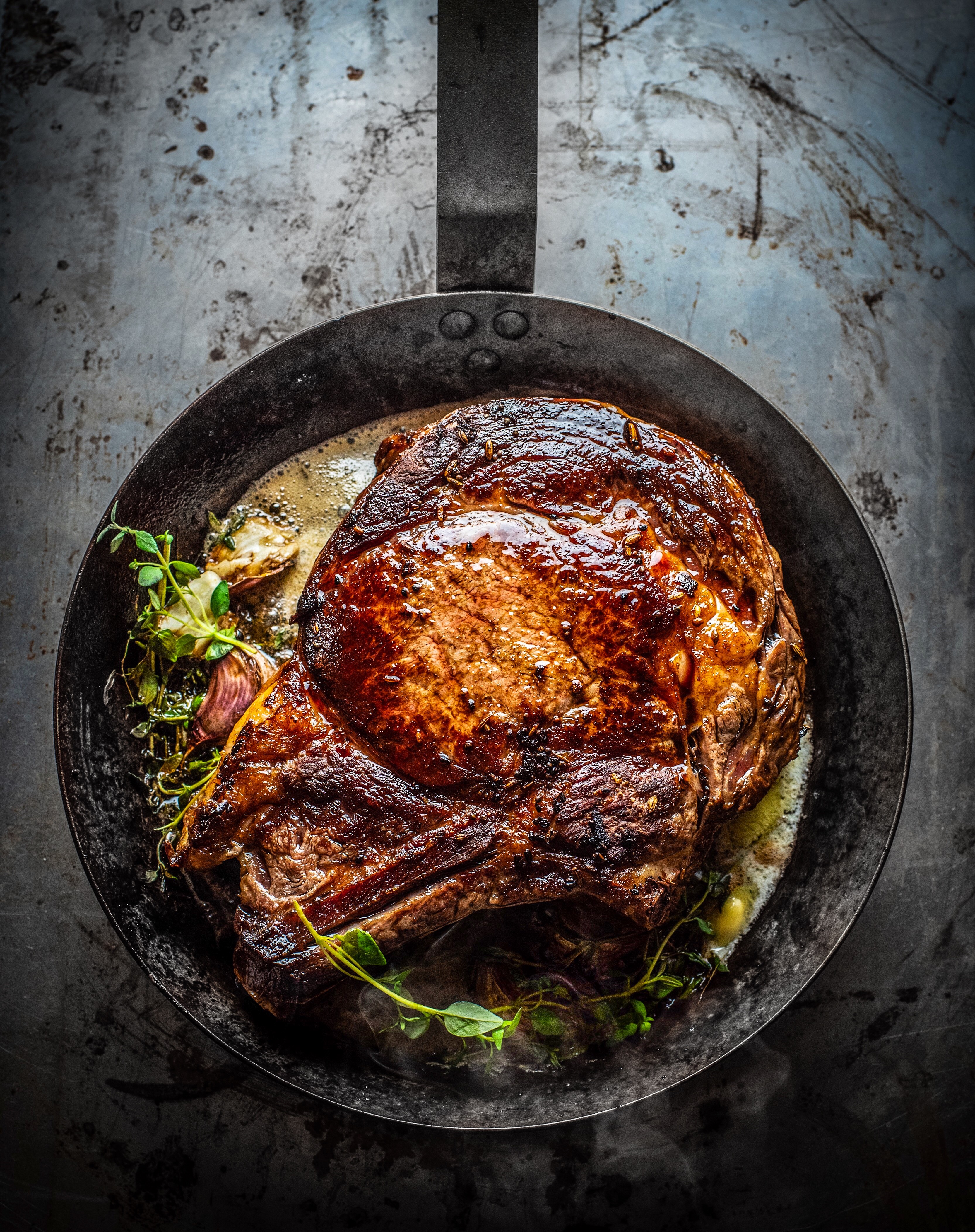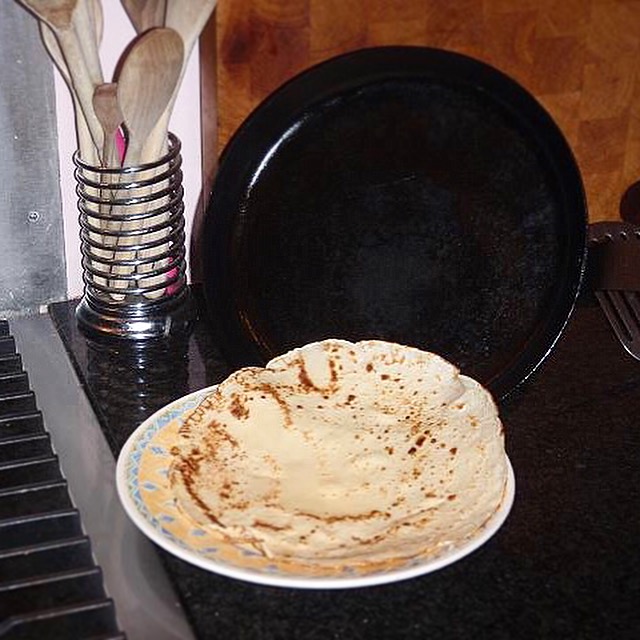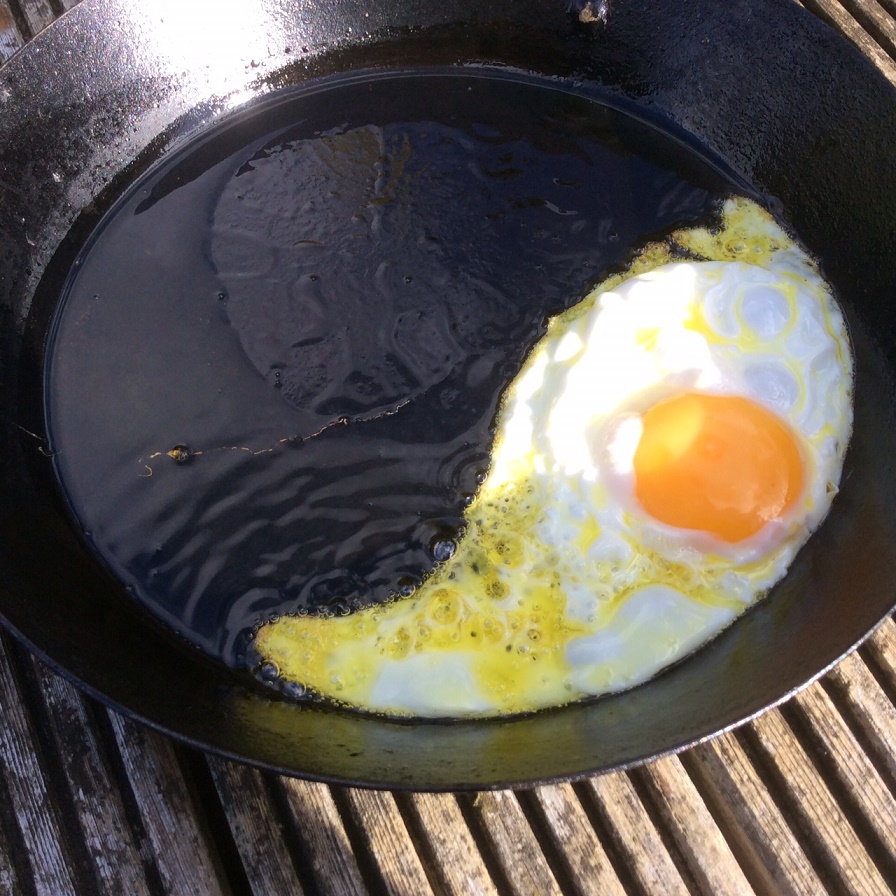Xanthe Clay talks about non stick pans in the Telegraph
What exactly is a non stick pan?

We are thrilled to be name checked in an article by Xanthe Clay in The Telegraph where she addresses the question of why food sticks, even in a non stick pan, citing a study by scientists at the Czech Academy of Sciences. First there is a technical explanation about why food sticks and then, in Xanthe's words -
"They’ve suggested a few solutions, which boil down to adding more oil, not getting the pan too hot and using a thick-bottomed pan which spreads the heat better. None of these will be any surprise to cooks, although one other may raise a few eyebrows: stirring the food regularly. That’s good advice for a stir-fry, which relies on keeping the ingredients moving, but when you are frying fish (for example) it may initially stick, then release, as a crust forms – so moving it too soon can make it tear.
More frustratingly for me, the boffins tested the oil spreading only with non-stick pans – a Teflon and a ceramic one. I’d be interested to know if the same holds true of ordinary, not-non-stick pans. The reason? Reader, I hate non-stick.
My culinary objection is that food doesn’t brown as well in a non-stick pan. And that browning, the caramelisation, the Maillard reaction, call it what you will, is a major source of deliciousness in food. Imagine steak without the mahogany-coloured crust? Exactly.
But the real sticking point is that non-stick doesn’t last. Yes, of course non-stick pans are fantastic when you initially get them. The first egg you fry will slide off with the grace of Torvill and Dean. But over the weeks, they will become increasingly unwillingly to slither on to your plate, more Anne Widdecombe than Wayne Sleep......... I don’t reckon I’ll be passing on (my ceramic pans) to my children, but the cast-iron pan I inherited from my grandmother and still use daily will probably feature in my will.
The reason is, that cast-iron pan has its own homemade non-stick surface, but one that has built up over the years, and one I can fix if it gets damaged. This is a quality it shares with spun iron pans, such as the ones made in Shropshire by Netherton Foundry, which are just as resilient and have the advantage of being much lighter."
Our pans have been pre-seasoned with flax oil to give you the best cooking surface, because yes, the Maillard reaction is what it's all about, but also to create an easy clean finish that will just keep getting better and better and which, unlike non-stick pans, can be re-seasoned at home.
They may take a little getting used to, but these are pans for a lifetime, so it's worth investing a bit of time and love into your relationship with them.
The internet is awash with advice on how to use and care for iron pans, but we have written a simple guide on our blog:https://netherton-foundry.blogspot.com/2018/01/caring-for-your-new-pan.html
And this also directs you to straight to the advice on our website: https://www.netherton-foundry.co.uk/product_care/cast-black-spun-iron-care
If you don't find the answers you are looking for, you can, of course, always get in touch with us and we will help yopu get the best from your Netherton cookware.

The first photo is a stunning example of the Maillard reaction, cooked and photographed by Del Sneddon, then you can see a pancake slip sliding like Bambi on ice straight out of the pan and finally, everyone's favourite, a fried egg.


You can find our full range of frying pans here.

Netherton Foundry, Shropshire, England. A family business crafting traditional cookware in Highley, Shropshire from iron, oak and copper,using materials predominantly sourced in our own and neighbouring counties. Copyright 2021.









